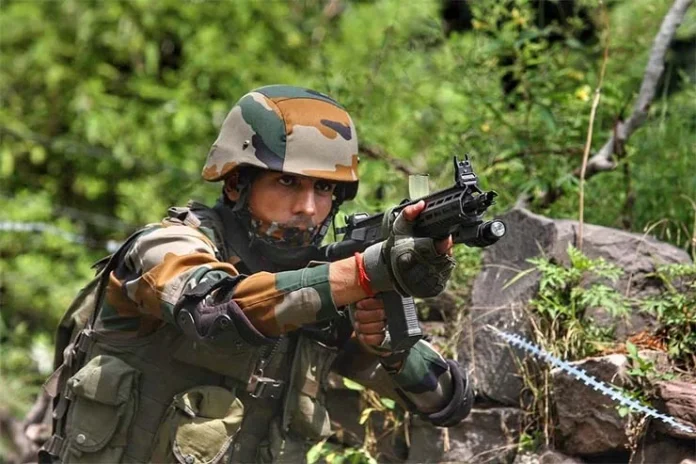New Delhi: With focus on the creation of joint fighting forces, steps towards integrating the three armed forces at the cutting-edge level gained momentum with the cross-posting of Army officers to Indian Air Force (IAF) and Navy (IN) units having common weaponry.
Last week, orders were issued to post Army officers at the level of Major and Captain in the Regiment of Artillery to BRAHMOS missile units of the IAF and Navy (on warships). The Regiment of Artillery operates BRAHMOS. All the three services operate BRAHMOS, the country’s premier missile that can travel a distance of 400 km plus at hypersonic speed. The Air Force has ground-based BRAHMOS units while Sukhoi 30-MKI fighter jets too have been modified to carry the missile.
According to sources, the cross-posting are among the first steps towards the creation of joint fighting forces and could extend to other common-use platforms such as air defence system ‘Akash’ and at some stage to UAVs and helicopters. The three services have common machines like advanced light helicopters (ALH) and Chinook helicopters. The IAF already has Chinook helicopters while Army Aviation has placed orders for these.
The plan to integrate the war-fighting units of the forces at the level of Major and Captain and then moving it upwards was discussed and laid during the tenure of General Bipin Rawat, the previous Chief of Defence Staff. Two new divisions—Defence Space Agency and Defence Cyber Agency—were created as tri-service organisations in the recent past and have cross-posting of officers from all the three services. In special operations, Garuda commandos of the IAF get to work along Army units. Navy marine commandos called Marcos operate in Kashmir valley and were among the forces tasked with security recently at the G20 event in Srinagar.
Led by the Chief of Defence Staff, the tri-service organisations include the Andaman and Nicobar Command, Strategic Forces Command and the Department of Military Affair. In March, the Ministry of Defence moved a Bill in Parliament to provide disciplinary powers to the Commander heading tri-service organisations. Thus with the passing of the Bill, all personnel serving in tri-service organisations will be governed by the commander of the organisation for the maintenance of discipline. Currently, officers and other personnel posted to tri-service organisations face disciplinary proceedings, if any, under their respective service Acts governing the IAF, Army and the Navy, which can vary in terms of quantum of punishment. Also, the tri-service commander has no role in administration of justice against any of his subordinates. The Inter-Services Organisations (Command, Control and Discipline) Bill, 2023, is a long-awaited reform, especially after the appointment the CDS.









